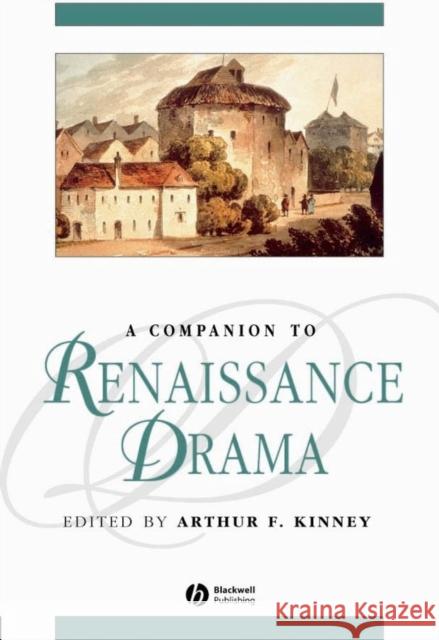A Companion to Renaissance Drama » książka
topmenu
A Companion to Renaissance Drama
ISBN-13: 9781405121798 / Angielski / Miękka / 2004 / 644 str.
This expansive, inter-disciplinary guide to Renaissance plays and the world they played to gives readers a colorful overview of England's great dramatic age.
- Provides an expansive and inter-disciplinary approach to Renaissance plays and the world they played to.
- Offers a colourful and comprehensive overview of the material conditions of England's most important dramatic period.
- Gives readers facts and data along with up-to-date interpretation of the plays.
- Looks at the drama in terms of its cultural agency, its collaborative nature, and its ideological complexity.











